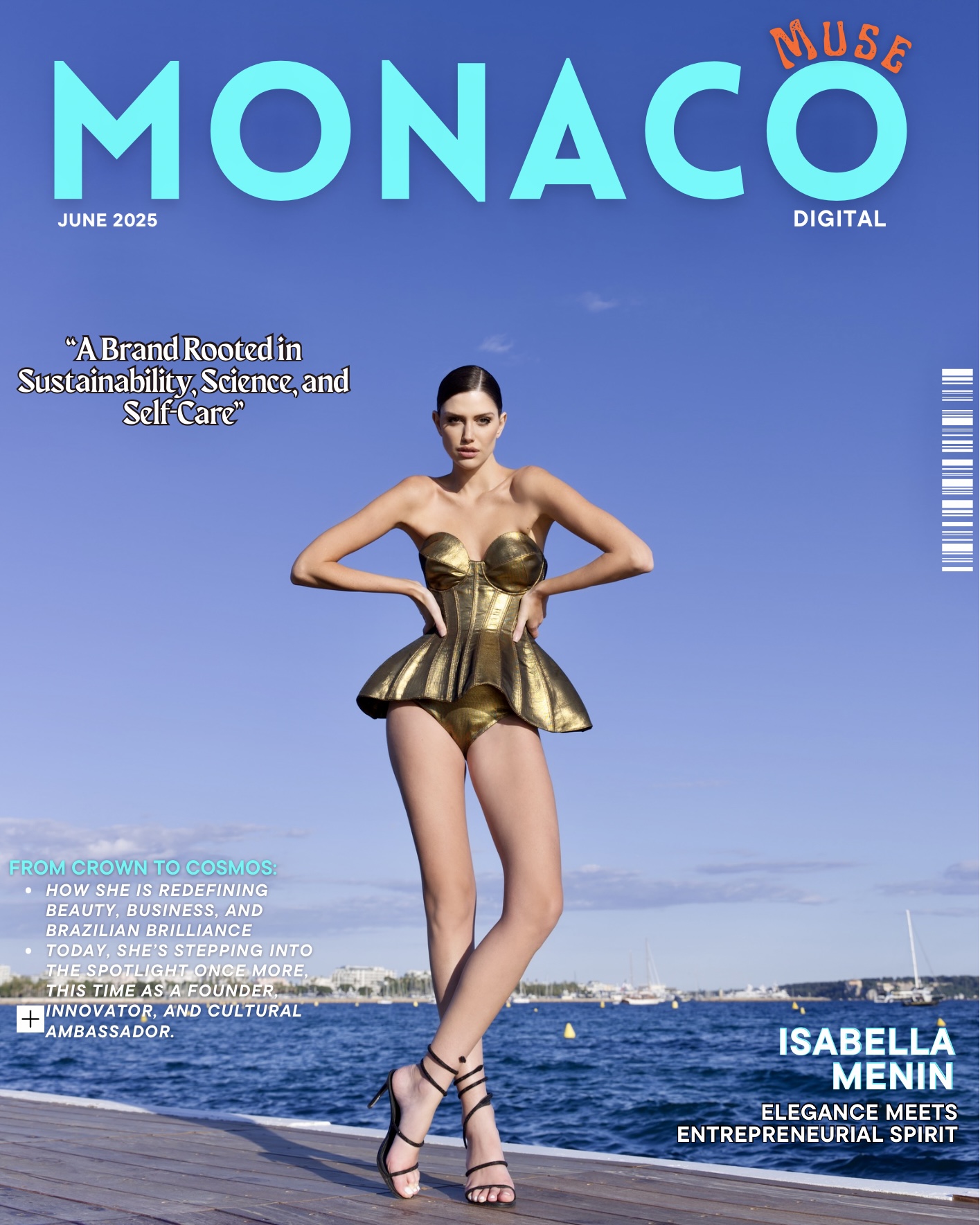Fashion, at its best, has always been more than clothes. It is history woven into fabric, identity stitched into seams, and revolution paraded down the runway. Yet, for decades, the industry was largely dictated by men—designers who often defined women through silhouettes designed to appeal to the gaze of others rather than to honor the inner life of the woman herself. From Dior’s cinched waists of the 1950s to the ornamental exaggerations of later decades, fashion was often a mirror of patriarchy dressed in silk.
Today, that story is changing—and at the forefront of this transformation are women like Ivette Apostolova, the visionary behind the haute couture house Ivette Bianchi. At just 20 years old, she is part of a new wave of female designers reclaiming the narrative of fashion—not as decoration, but as dialogue, not as fantasy, but as freedom.
Beyond the Male Gaze
For much of modern fashion history, women’s bodies were canvases onto which male designers projected ideals. The “New Look” of 1947 by Christian Dior is still celebrated for its beauty, yet its legacy reveals something deeper: the way fashion reinforced restrictive ideals. The tightly cinched waist, full skirt, and sculpted hourglass figure glorified a vision of femininity that was ornamental, delicate, and compliant.
But women’s lived experiences—of work, independence, ambition, and individuality—rarely aligned with this vision. By the 1960s, as women’s rights and second-wave feminism surged, fashion began to break free. The miniskirt by Mary Quant became a symbol of liberation, Yves Saint Laurent’s Le Smoking suit offered women the radical right to wear power, and suddenly, clothes became rebellion, not just conformity.
The Feminine Renaissance
Fast-forward to today, and the momentum has only accelerated. Women designers are no longer muses in waiting—they are creators, leaders, and disruptors, redefining couture with authenticity and purpose. Ivette Bianchi embodies this shift.
Born in Sofia, Bulgaria, Ivette grew up with a needle in hand, teaching herself to hand-sew long before fashion schools or ateliers could guide her. By the time she launched her brand in 2023, she already understood something many designers take decades to learn: that clothes are not about molding women into a fantasy, but about amplifying their individuality. Her collections, anchored in evening wear, speak to elegance with meaning. They are designed to celebrate, not to restrict; to empower, not to diminish.
Her guiding philosophy, La Dolce Vita—the sweet life—translates into garments that exude joy and confidence. Flowing gowns, sculptural bodices, and carefully crafted details are not simply couture statements, but emotional signatures. Each design asks: How do you want to feel in this moment?
Women Designing for Women
The difference is palpable when women design for women. They bring with them not only creativity, but lived experience—an understanding of strength, softness, complexity, and contradiction. They design not for fantasy, but for reality: a reality where women lead companies, shape politics, raise families, start movements, and demand fashion that moves with them rather than against them.
From Stella McCartney pioneering sustainability to Iris van Herpen redefining the boundaries of couture with technology, women designers are dismantling the old hierarchies of fashion. Ivette Bianchi’s emergence is part of this continuum, bringing a youthful, Eastern European voice into a global conversation. Her rise signals that the next generation of couture will not only honor beauty but also embody values.
Redefining Power
One of the most striking aspects of this new wave of female-led fashion is the redefinition of power. Power in fashion was once about commanding attention through excess—bigger skirts, tighter corsets, higher heels. Today, power is subtler, more nuanced. It’s about confidence, comfort, and choice.
Ivette Bianchi’s work echoes this. Her evening wear celebrates the female form, but without bending it to outdated ideals. Her silhouettes allow for presence, her fabrics whisper of both delicacy and strength, and her designs place the woman—not the dress—at the center of the story.
Toward a More Human Fashion
Fashion is entering what can only be described as a feminine renaissance. It is no longer dictated solely by trends, but by values: inclusivity, sustainability, individuality, and ethics. Women are leading this movement not because they are filling a void, but because they are reshaping the very foundation of the industry.
As Ivette Bianchi’s star rises, she stands not only as a designer of gowns but as a symbol of what the future of fashion looks like: diverse, democratic, and deeply human. She represents a generation unafraid to merge craft with conscience, glamour with groundedness, and youth with timeless sophistication.
Closing Reflection
Fashion once told women how to be. Now, women like Ivette Bianchi are telling fashion what it must become. With needle and thread, vision and voice, they are creating a world where clothes are not cages, but wings—where couture is not about perfection, but about possibility.
This is the feminine renaissance. This is Ivette Bianchi’s revolution.







